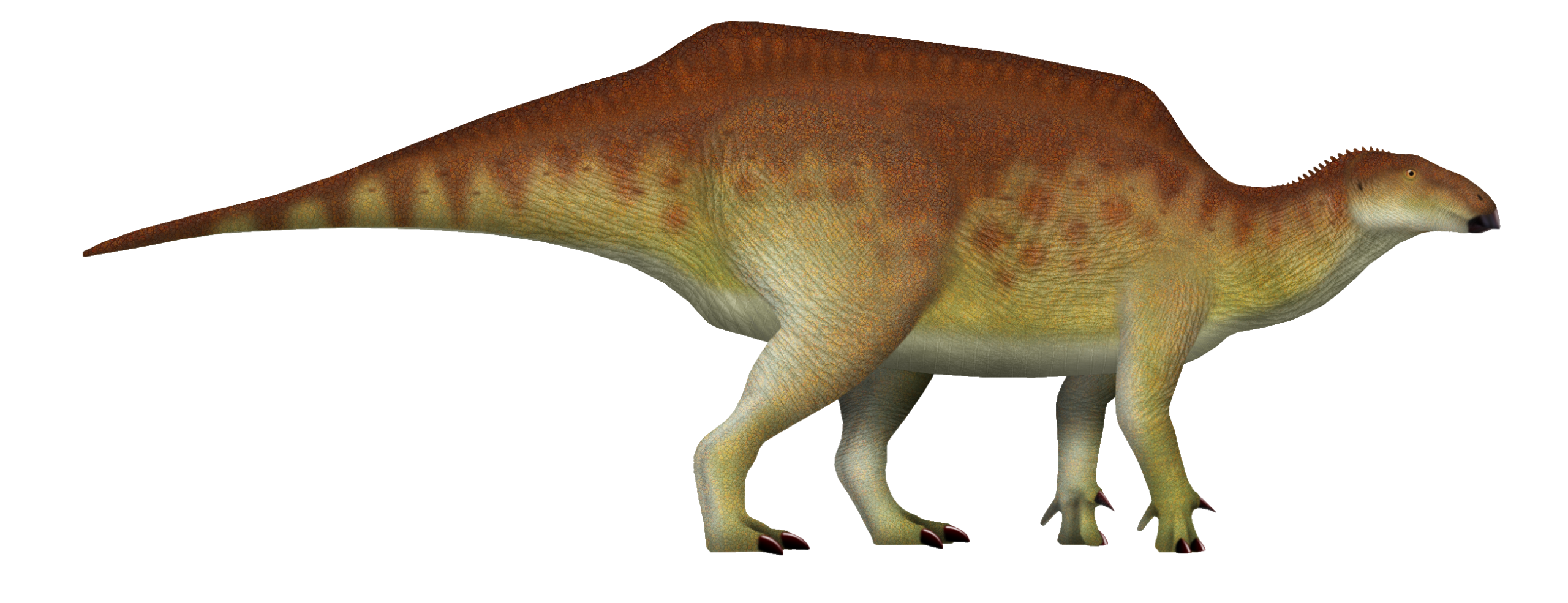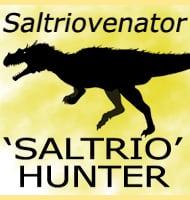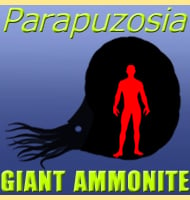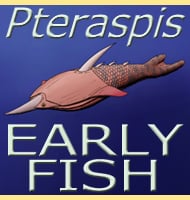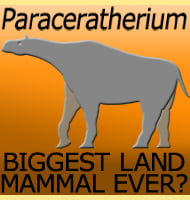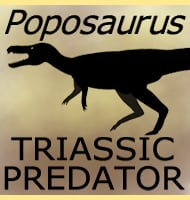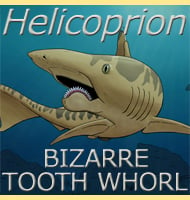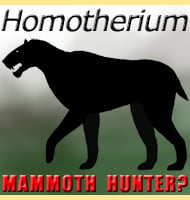In Depth
Istiorachis was a large iguanodontian dinosaur from the Early Cretaceous Wessex Formation of the Isle of Wight, England. The name means “sail spine,” a reference to its hyperelongated vertebral spines, while the species name honours British sailor Dame Ellen MacArthur.
Fossil Remains and Description

The fossils of Istiorachis include partial vertebrae from the neck, back, sacrum, and tail, as well as ribs and pelvic material. The dinosaur measured approximately 5.5 meters in length.
The elongated spines of Istiorachis suggest the presence of a sail-like structure along its back and tail. Studies of iguanodontian evolution indicate that modest neural spine elongation began with Ankylopollexia in the Late Jurassic, later becoming more pronounced in the Early Cretaceous.
Spine Function
The function of these spines remains debated. They may have provided biomechanical support for heavier, more quadrupedal bodies, while also serving roles in display, species recognition, or sexual selection. Like in other sail-backed dinosaurs, the true purpose likely varied across groups.
Wessex Formation
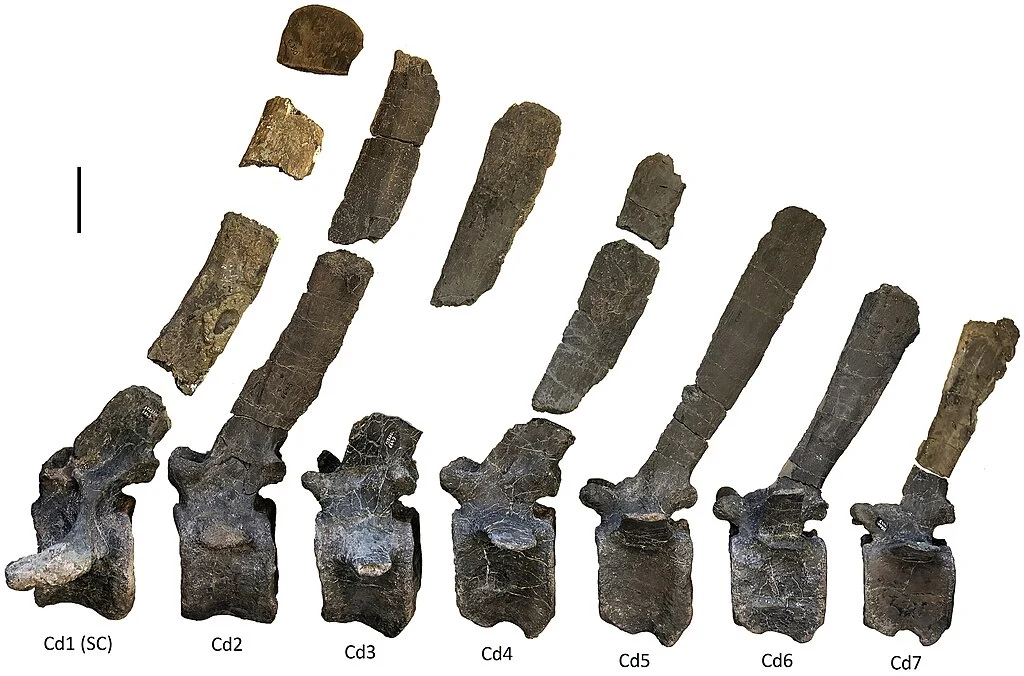
The remains of Istiorachis were described in 2025 and add to the rich record of styracosternan ornithopods from the Wealden Group, which spans from the late Berriasian to early Aptian stages.
The Wessex Formation preserved a floodplain environment with seasonal climates, dominated by conifers, cycads, and ferns. Istiorachis lived alongside other ornithopods such as Iguanodon, Mantellisaurus, and Brighstoneus, as well as a diverse array of theropods and sauropods.
The discovery of Istiorachis highlights both the ecological variety and the evolutionary experimentation of iguanodontians during the Early Cretaceous of Europe.
Further Reading
The origins of neural spine elongation in iguanodontian dinosaurs and the osteology of a new sail-back styracosternan (Dinosauria, Ornithischia) from the Lower Cretaceous Wealden Group of England. – Papers in Palaeontology. 11 (4): e70034. – Lockwood, Jeremy A. F.; Martill, David M.; Maidment, Susannah C. R. – 2025
